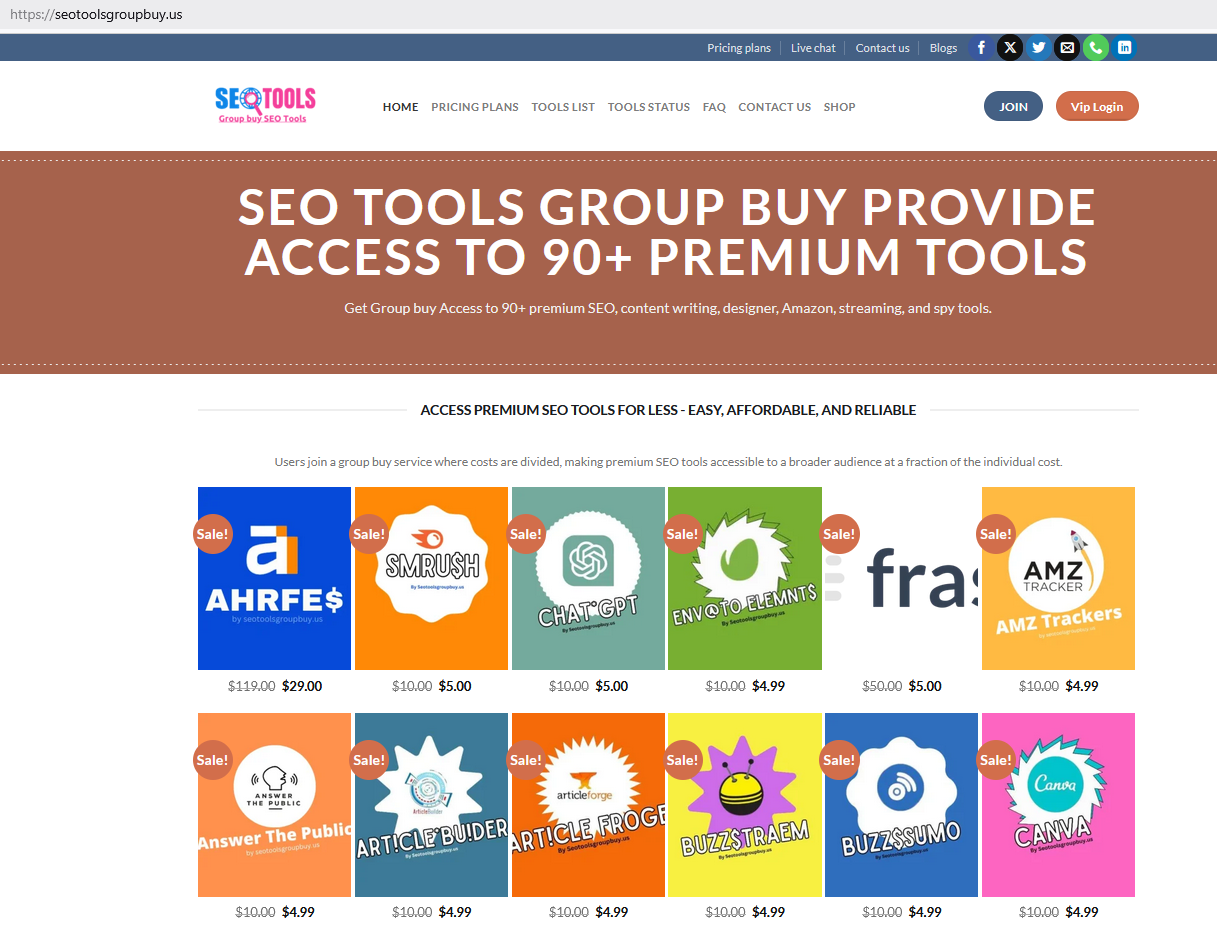Everything You Need to Know About Becoming a Truck Driver

Did you know 72% of all U.S. freight travels on highways before it reaches store shelves? This $732 billion industry keeps America moving. It’s like the Silk Road fueled global trade centuries ago. Today, transportation professionals carry the modern economy on their shoulders.
Earning a commercial driver license (CDL) opens doors to a stable career path. Unlike fleeting tech trends, trucking offers predictable earning and nationwide job opportunities. Companies like CloudTrucks now provide digital tools for route planning and paperwork. This is a big change from the paper maps and logbooks used 20 years ago.
This guide covers every step of the trucking career path:
• Mastering CDL training requirements
• Choosing the right licensing path
• Building long-term success on the road
Whether you love the freedom of the open highway or the satisfaction of keeping supply chains intact, transportation careers are key to the American economy. Let’s explore how to start this essential profession.
Why Choose a Career in Truck Driving?
Truck driving is more than a job; it’s a lifestyle. It offers unique benefits that few careers can match. With 3.6 million drivers already working, it combines stability with adventure. Here are three reasons why this career is attracting more people.
High Demand Across Industries
Every store shelf and online order depends on truck drivers. E-commerce growth has added 72,000 new trucking jobs in two years. Drivers move everything from medical supplies to car parts, making it a recession-proof career.
Competitive Earnings
Starting drivers make $40,000-$60,000 a year. Experienced owner operators can earn over $100,000. Roles like tanker or hazmat hauling pay even more.
In Texas, drivers make an average of $68,200 a year. That’s 23% above the state’s median household income.
Payment methods vary:
- Per-mile rates: $0.45-$0.60 for long hauls
- Hourly pay: $22-$28 for local deliveries
- Load percentage: 25%-35% for independent contractors
Flexibility and Independence
You can choose routes that fit your lifestyle. Pick regional runs for weekend home time or OTR trucking for cross-country adventures. Jenny, a driver from Tennessee, works 14 days on/7 off. She uses her off weeks for RV camping.
New technology makes the job easier. Mobile apps handle:
- Real-time traffic updates
- Digital load tracking
- Instant payment processing
Meeting Truck Driver Requirements
Ready to hit the open road? First, let’s break down what it takes to meet truck driver qualifications. While the process may seem detailed, understanding these steps upfront saves time and ensures you’re prepared for success.
Age and Physical Qualifications
Most states require drivers to be at least 21 years old for interstate trucking, though some allow intrastate driving at 18. The Federal Motor Carrier Safety Administration (FMCSA) sets baseline physical standards:
- 20/40 vision in both eyes (with glasses/contacts)
- Ability to distinguish traffic signals
- Hearing whispers at 5 feet
- Blood pressure under 140/90
| State | Intrastate Minimum Age | Interstate Minimum Age |
| California | 18 | 21 |
| Texas | 18 | 21 |
| Florida | 21 | 21 |
| New York | 18 | 21 |
| Ohio | 21 | 21 |
Clean Driving Record Check
Employers look closely at your 10-year driving history for any DUIs or reckless driving. While minor infractions like speeding tickets might not be a big deal, a pattern of unsafe driving is a no-go. Pro tip: Get your Motor Vehicle Report (MVR) early to avoid any surprises.
DOT Medical Examination Process
The DOT physical makes sure you can safely drive commercial vehicles. Certified medical examiners check:
- Cardiovascular health
- Respiratory function
- Neurological stability
Most certificates last 2 years, but some conditions need annual renewals. Bring these to your appointment for smoother processing:
- List of current medications
- Eyeglasses/hearing aids if used
- Diabetes or heart condition records
Getting Your Commercial Driver’s License
Getting your Commercial Driver’s License (CDL) opens the door to a vital career. Whether you dream of long-distance hauls or local runs, knowing the process is key. Here’s what you need to know to start your trucking journey.
Understanding CDL Classes (A/B/C)
CDL classes show what vehicles you can drive. There are three main categories: Class A, B, and C. Each is for different driving needs:
| Class | Vehicle Types | Weight Limits | Common Uses |
| A | Tractor-trailers, tankers | 26,001+ lbs (combination) | Long-haul freight |
| B | Straight trucks, buses | 26,001+ lbs (single vehicle) | Local delivery, transit |
| C | Passenger vans, hazmat vehicles | Under 26,001 lbs | School buses, hazardous materials |
Endorsements for Specialized Hauls
Want to haul special cargo? Endorsements open up more jobs. For instance, a tanker endorsement lets you haul liquids. A hazardous materials (H) endorsement needs a TSA background check. Key steps include:
- Passing extra written tests
- Meeting age rules (often 21+)
- Providing fingerprints for security checks (H endorsement)
5-Step CDL Acquisition Process
Follow this guide to get your license quickly:
1. Study State-Specific Manuals
Each state has its own rules. Download your state’s CDL handbook for free. It covers traffic laws and more.
2. Complete Entry-Level Driver Training
Sign up for programs like CloudTrucks’ to get real experience. Federal law now requires 160+ hours of training for Class A licenses.
3. Pass Written Knowledge Tests
Expect 2-3 exams on general knowledge, air brakes, and endorsements. Many states offer practice tests online.
4. Master Skills Testing
The skills test has three parts: vehicle check, basic controls, and road driving. Practice backing – it’s a common challenge for new drivers.
5. Pay State Licensing Fees
Licensing fees range from $75-$150 nationwide. Some states offer discounts for veterans or bundle endorsement fees.
Choosing Training Programs
Finding the right education is key to starting your trucking career. Good training boosts confidence, improves skills, and opens up more job chances. Let’s look at three effective ways to learn how to drive a truck well and avoid common mistakes.
Accredited Trucking Schools
State-approved schools like those certified by Professional Truck Driver Institute (PTDI) or Commercial Vehicle Training Association (CVTA) have set curricula. They meet industry standards. These programs usually include:
- 160+ hours of hands-on driving practice
- Electronic logging device (ELD) training
- Hazardous materials handling basics
Graduates from these schools might get help with tuition from big carriers. Make sure to check if the school is accredited by the FMCSA training provider registry.
Company-Sponsored Training
Company CDL training lets you learn while earning, with companies like Schneider and Roehl paying you to train. Important things to think about:
- Employer covers upfront costs
- Job offered right after training
- Contract might last 12-24 months
Experts warn about strict rules in training contracts. Check the fine print, like repayment terms if you leave early. Some companies might charge you based on how long you stay.
Veteran Training Opportunities
Service members can get special veteran trucking programs through the GI Bill® and groups like CloudTrucks. Benefits include:
- CDL certification costs covered
- Job offers from carriers that like veterans
- Guidance from other veterans
The VA’s Vocational Rehabilitation program also covers living costs during training for some veterans. CloudTrucks helps graduates find jobs with fleets that need security-cleared drivers.
Navig the Job Market
Finding your first trucking job or moving up in your career needs careful planning. We’ll look at different routes, top employers, and how to get paid well. This will help you make the best choices.
Understanding Your Route Options
Trucking jobs offer different lifestyles and pay. Choosing between long hauls and local routes affects your earnings and free time.
Over-the-Road (OTR) vs Local Routes
OTR drivers make $0.58-$0.78 per mile on long trips. They spend weeks away but save on living costs. Local drivers earn $25-$35 hourly with daily home time, but face city traffic.
Specialized Freight Options
Carrying unusual cargo can increase your earnings. Tanker and oversized load drivers can earn 15-25% more. Getting certifications for cold chain and hazardous materials also boosts your pay.
| Route Type | Average Pay | Home Time | Freight Examples |
| OTR | $0.58-$0.78/mile | 2-3 weeks/month | General merchandise |
| Local | $25-$35/hour | Daily | Retail deliveries |
| Specialized | $0.85-$1.10/mile | Varies | Chemicals, refrigerated goods |
Leading Trucking Employers
Big carriers offer unique benefits for new and seasoned drivers:
- Swift Transportation: Great for CDL newbies with training
- Schneider National: Focuses on safety and driver support
- CloudTrucks: A tech platform for independent drivers
Maximizing Your Earnings
Here are ways to boost your pay:
- Check regional pay rates through surveys
- Emphasize your specialized skills in interviews
- Ask for better fuel surcharge deals for long trips
- Look for bonuses and safety rewards
Pro Tip: Working with reliable truck driver recruitment services allows fleet managers to save time and avoid the hassle of screening unqualified candidates.
Steering Toward a Rewarding Future in Trucking
The need for truck drivers is growing fast. This shows how much America relies on skilled drivers to keep goods moving. Freight transport affects 87% of U.S. businesses, making it a stable career choice.
CloudTrucks makes success easier with tools like real-time load tracking. Big names like Swift Transportation and Schneider National are looking for new drivers. They even help pay for your training.
Start your trucking career by getting your CDL at a good school. You can also get special licenses for more money. Look for jobs on TruckersReport or at events with Prime Inc. and J.B. Hunt.
Driving a truck gives you freedom and helps the country’s economy. Begin your journey by looking into CDL programs and training options. Join the team that keeps America moving.





